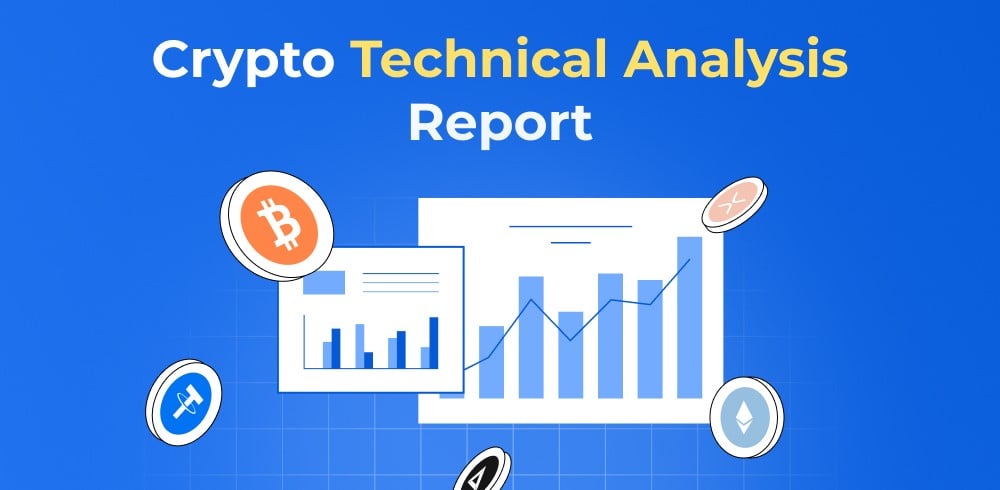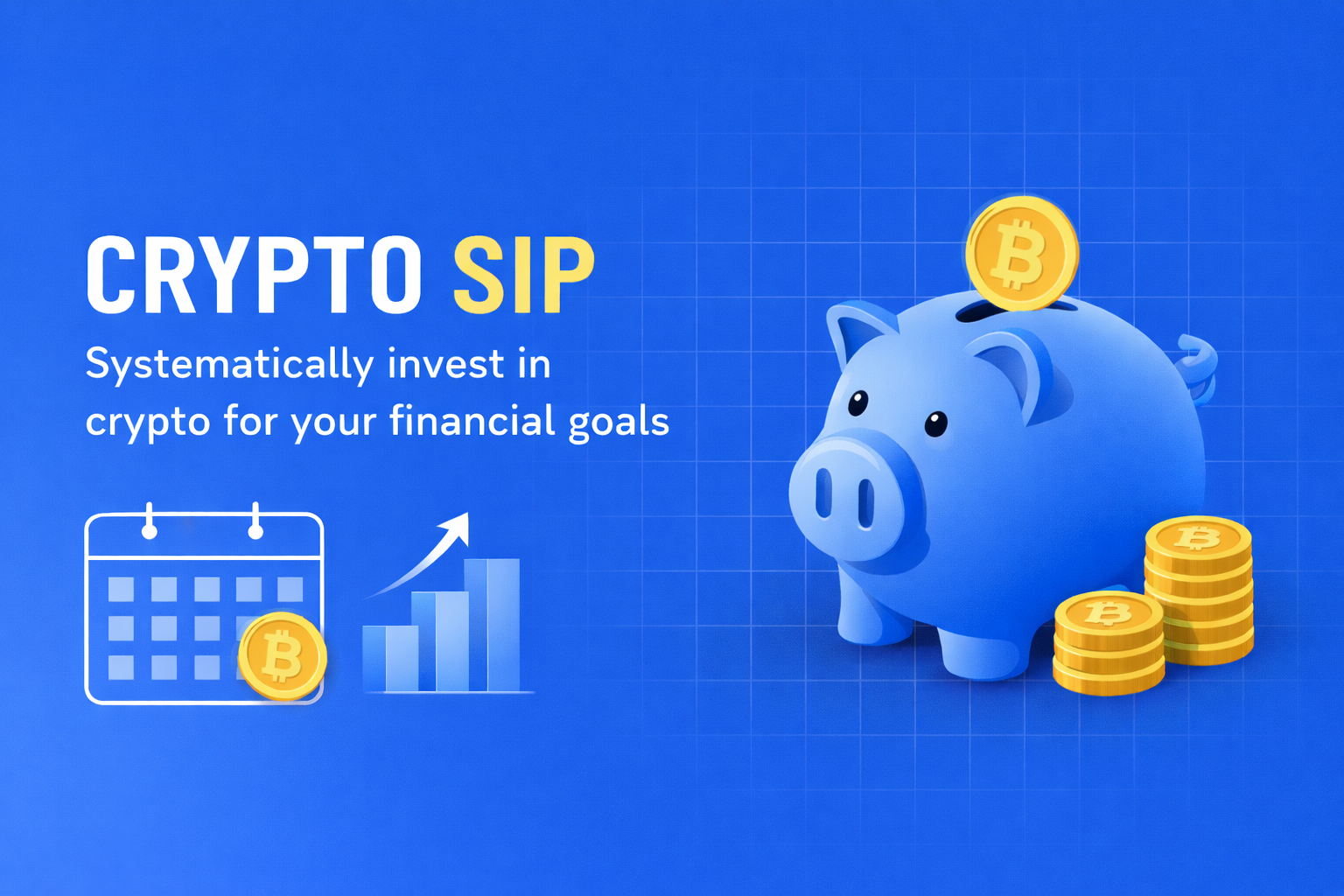In recent years, decentralised exchanges (DEXes) have become a fundamental aspect of the DeFi ecosystem. These platforms enable users to trade crypto assets in a completely permissionless and peer-to-peer manner, bringing about a revolutionary change in the way people engage in crypto trading. The evolution of DEXes has been remarkable, as they have undergone significant improvements and advancements since their early days. Initially, DEXes had limited features and were not as user-friendly as they are now. However, they have come a long way, and the current DEX landscape is marked by feature-packed and intuitive platforms that cater to the needs of users more effectively.
These advancements have made DEXes more accessible to a broader audience, contributing to their growing popularity in the DeFi space. As the technology continues to evolve, we can expect even more innovations and improvements in the DEX ecosystem, further enhancing the trading experience for users and driving the growth of decentralised finance as a whole.
The birth of Decentralised Exchanges
In 2016, the first generation of decentralized exchanges emerged, including platforms like IDEX, EtherDelta, and ForkDelta. These platforms introduced the concept of peer-to-peer crypto trading, reducing the reliance on over-the-counter (OTC) groups and minimizing the need for trust in centralized intermediaries. However, these early DEXes faced common challenges, such as slow and clunky user experiences, limited liquidity, and partially centralized order books. Despite being non-custodial, some of them still retained centralized elements, leading to vulnerability to regulatory scrutiny. As a result, some platforms had to restrict access from specific regions and implement Know Your Customer (KYC) and Anti-Money Laundering (AML) policies.
Read more: What is a DEX
The slow and cumbersome user interfaces, which often required users to transfer tokens to smart contracts or create accounts for setting limit orders, hindered efficient trading. The platforms themselves also suffered from slowness, further impeding the trading process. To address these issues, the next generation of DEXes emerged, known as automated market makers (AMMs). These AMMs aimed to improve user experiences, liquidity provision, and decentralization. Some first-wave DEXes also evolved into AMMs, seeking to overcome the initial challenges and offer a more seamless and decentralized trading experience for users.
The Dawn of Automated Market Maker
In November 2018, the DEX landscape experienced significant progress with the introduction of Uniswap, the first widely adopted automated market maker (AMM). Uniswap revolutionized peer-to-peer trading by introducing decentralized liquidity pools and pricing curves. Through two-sided liquidity pools utilizing mathematical formulas, such as the constant product formula, Uniswap effectively addressed the liquidity problem, enabling efficient pricing for newer and speculative assets, which led to a surge in ERC-20 assets.
The AMM model gained immense popularity and became the prevailing approach for decentralized exchanges, overshadowing traditional order book DEXes. Today, nearly all major DeFi-capable blockchains have their own AMMs, many of which are derived from Uniswap’s design. Various platforms, like PancakeSwap for BNB Chain, SpiritSwap for Fantom, and Pangolin for Avalanche, have emerged, each offering a range of DeFi services in addition to asset swaps, including yield farms, decentralized lending services, and launchpads.
Read more: CEX vs DEX
2021: The arrival of Platform based DEX
The rise of DEXes has transformed them into DeFi hubs, providing users with a multitude of opportunities to earn a yield on their assets. These platforms have facilitated the growth of decentralized lending protocols like Euler and permissionless liquidity pools with revenue-sharing mechanisms, enabling users to optimize their capital efficiency. The AMM revolution has propelled the DeFi space to new heights, providing diverse and innovative financial services to the crypto community.
In the current landscape of decentralized exchanges, the majority of platforms are asset agnostic, allowing users to trade a wide range of assets as long as liquidity pools exist for them. However, a new generation of platform-specific DEXes has emerged, purpose-built for specific ecosystems, restricting trading to a limited set of assets within that ecosystem. One notable example of a platform-specific DEX is Katana, an automated market maker (AMM) operating on the Ronin Chain, tailored for Axie Infinity users. This platform enables the trading of native assets within the Axie Infinity ecosystem, including Smooth Love Potion (SLP) and AXS, as well as generic assets like Ronin (RON) and USD Coin (USDC). Another example is XCAD Network, a Youtube creator and fan engagement platform, which is developing a platform-specific DEX for trading creator tokens against stablecoins, creating a closed trading environment for XCAD users.
Despite catering exclusively to Axie Infinity players, the Katana DEX has experienced impressive trading volume, frequently surpassing $100 million in daily trading volume and averaging over $2 million per day. This performance has positioned it among the top 50 largest DEXes by trading volume, showcasing the potential of platform-specific DEXes to generate substantial activity and liquidity, especially when serving large and active user bases within specific ecosystems.
2022: The emergence of Cross-chain DEXes
Currently, the majority of decentralised exchanges (DEXes) operate either on a single blockchain or have separate versions available on multiple chains without cross-chain trading capabilities. However, the development of cross-chain technologies, such as bridges and atomic swaps, has given rise to the first generation of cross-chain DEXes. These cross-chain DEXes, including Atlas DEX, Swappery, SushiXSwap, THORswap, and others, utilise bridges and decentralised liquidity pools to enable cross-chain swaps. Some platforms aggregate liquidity from DEXes on different blockchains by leveraging bridges to move tokens between chains.
Within the Cosmos ecosystem, there are also cross-chain DEXes like Osmosis and Crescent. However, these platforms are limited to the Cosmos ecosystem and cannot bridge assets from non-Cosmos SDK blockchains. Additionally, there are atomic swap DEXes like Atomex, but widespread adoption for such platforms is yet to be achieved. The development and implementation of cross-chain DEXes are significant steps in creating more interconnected and seamless decentralised trading experiences across various blockchain networks.
What Does the Future Hold?
The DEX industry is experiencing rapid and continuous innovation, making it one of the most dynamic sectors within the DeFi space. Over the course of just six years, multiple generations of DEXes have emerged, with some of the popular options now rivalling centralised platforms in terms of usability, features, and liquidity.
The next generation of DEXes is already starting to take shape, introducing novel concepts and functionalities. Sudoswap, for instance, has launched the sudoAMM, a DEX that revolutionises the buying and selling of NFTs through AMM-like bonding curves. Nasdaq is another example, offering a tokenized equity DEX that enables users to trade equities over the blockchain. Mirror Protocol, based on the Terra blockchain, facilitates the trading of synthetic equities, including major companies like Amazon, AMD, and Coinbase.Looking ahead, central bank digital currencies (CBDCs) are also being explored in over 100 regions worldwide. It is possible that regulated CBDC DEXes may be launched in the future, and there is a smaller chance that permissionless CBDC DEXes might emerge, though the latter is more likely to be launched on permissioned blockchains. However, such developments are expected to take several years to materialise, if they happen at all. The DEX industry remains an exciting and innovative space, continuously evolving to meet the demands of the rapidly changing DeFi landscape.






